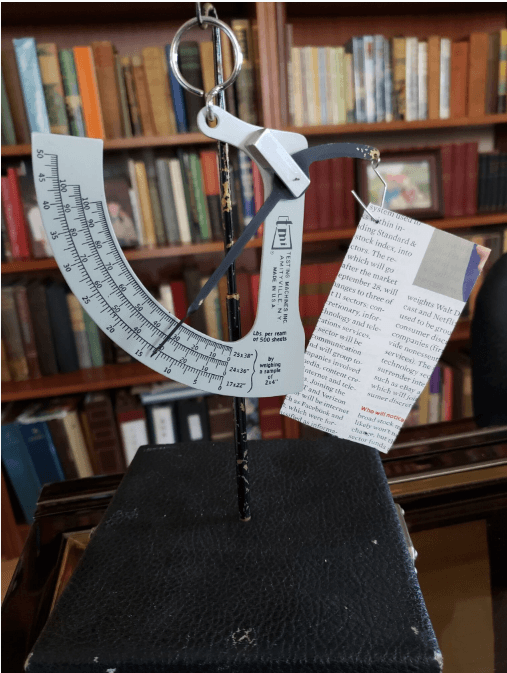BoSacks Speaks Out: Paper, Packaging, and the Print Pivot - A Magazine Industry Reckoning
By Bob Sacks
Fri, Jun 13, 2025

Let’s not sugarcoat it: the paper and packaging sector is no longer the dependable backbone it once was. What was once a well-oiled industry has been upended. Today, it’s grappling with volatile energy markets, supply chain fragility, and, perhaps most significantly, a global reorientation toward sustainability. The rules have changed, and the magazine business is right in the middle of the storm.
Sustainability has become the new baseline. It’s no longer a checkbox for corporate slide decks or a trendy buzzword at trade conferences. It is now the entry fee for doing business. The question isn’t whether we should adapt, it’s how do we do it profitably and responsibly? That’s the tightrope we all walk.
Paper-based packaging remains one of the most promising players in the sustainability arena. It’s renewable, recyclable, and familiar. But it’s far from immune to market pressures. Prices for certified fiber are skyrocketing. Recycled material, once a given, is now a commodity in fierce demand. Layer in sweeping regulatory frameworks like the EU’s Packaging and Packaging Waste Regulation (PPWR), and the message is clear: the old ways of sourcing, printing, and distributing are no longer viable. Innovation isn’t optional—it’s survival.
What This Means for Magazines: A Redefinition, Not a Retreat
For the magazine world, these shifts are more than a backdrop—they are a direct hit. Paper prices are climbing. Delivery timelines are erratic. And supply uncertainty is the new normal. Pair that with declining mass-market demand for print, and we have what looks like a perfect storm.
But here's the twist: this isn’t a death spiral. It's a forced evolution.
I’ve been saying it for years, print is not dead. But it's no longer a mass product; it’s a premium one. Print is becoming a luxury experience, and that’s not a loss; it’s an opportunity. We’re witnessing a strategic shift toward collectible, high-quality editions that offer something digital can’t: physicality, permanence, and craftsmanship. Think limited editions, coffee-table-worthy design, exquisite photography, and paper stock that feels like it matters. That’s where the future of print lies, in differentiation, not distribution.
The successful publishers of tomorrow won’t be the ones who resist change. They’ll be the ones who redefine their relationship with paper, who lean into digital transformation not as a surrender but as a strategic asset. They’ll view sustainability not as a compliance burden but as a brand differentiator. They’ll rethink supply chains, explore alternative materials, invest in carbon reporting tools, and find ways to turn ESG into ROI.
Meanwhile, those clinging to the old models, hoping for a return to the pre-digital heyday, will find themselves increasingly irrelevant. History doesn’t pause for nostalgia.
Let’s be honest: this is a moment of profound pressure, but also one of profound possibility. We are standing at the intersection of heritage and innovation. The choices we make now will determine whether we shrink into irrelevance or re-emerge as smarter, leaner, and more valuable than ever before.
The path forward is not backwards. The future of magazines is not in resisting the new paper reality, but in mastering it.
Transformation is a journey without a final destination.
Marilyn Ferguson
